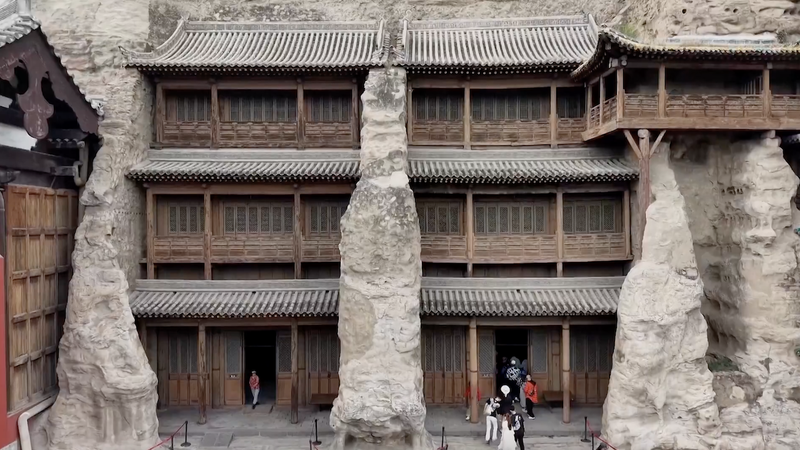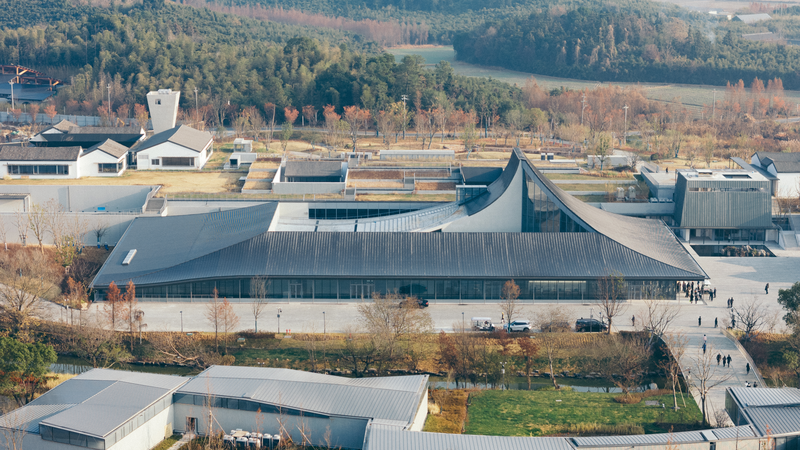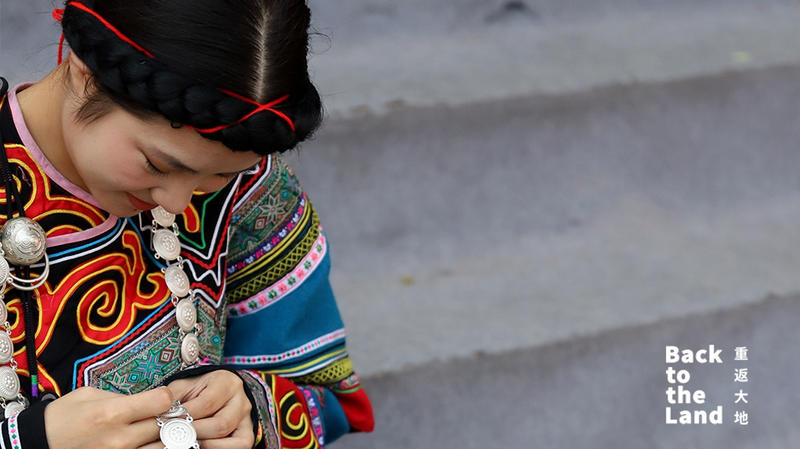After a five-month digital conservation and restoration project, UNESCO-listed Yungang Grottoes in Datong City in Shanxi Province, in the north of the Chinese mainland, have reopened Caves 7 and 8. Carved during the Northern Wei Dynasty (386–534), these large-scale chambers are masterpieces of early Chinese Buddhist cave art, featuring meticulously composed sculptures and intricate carvings that showcase the era’s artistic and spiritual sophistication.
The conservation effort combined high-resolution imaging with 3D archiving, creating a detailed digital archive that preserves every nuance of the stone reliefs. This blend of heritage science and cutting-edge tech ensures future generations can study and engage with the grottoes, even in virtual spaces.
For business and tech enthusiasts, Yungang’s makeover signals a broader trend: heritage sites embracing digital tools to deepen engagement and bolster preservation. Entrepreneurs and innovators can look to this model when designing immersive experiences or sustainable tourism solutions.
Travelers, digital nomads, and culture seekers now have a refreshed reason to plan a visit, exploring a UNESCO World Heritage site where ancient craftsmanship meets modern storytelling. The reopened caves invite global citizens to connect with a shared human legacy, one carved in stone over 1,500 years ago.
Thought leaders and changemakers will find inspiration in Yungang’s journey, highlighting how collaboration across disciplines—history, art, technology—can safeguard our collective heritage. As the world looks forward, the restored Caves 7 and 8 stand as testaments to the power of innovation in preserving cultural treasures.
Reference(s):
Caves at Yungang Grottoes reopen to public after digital conservation
cgtn.com




